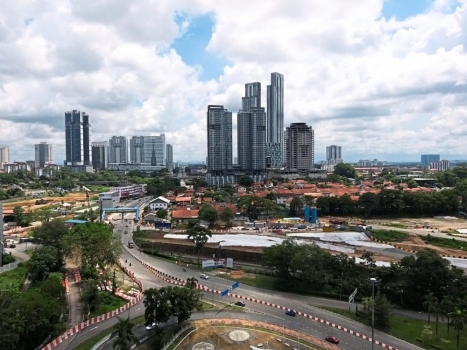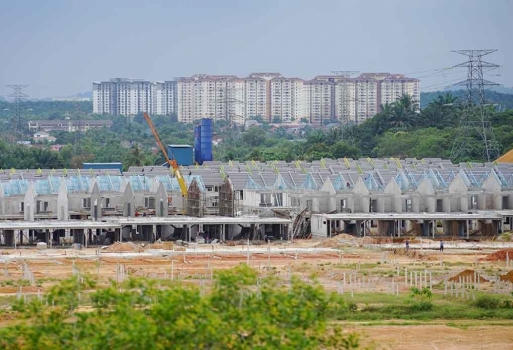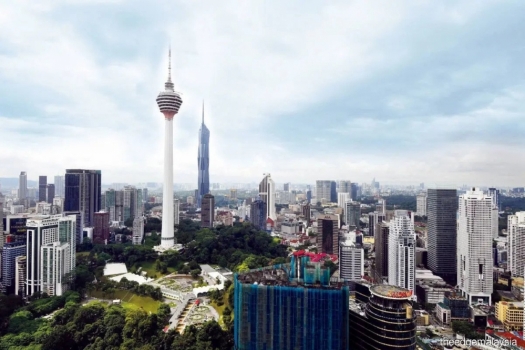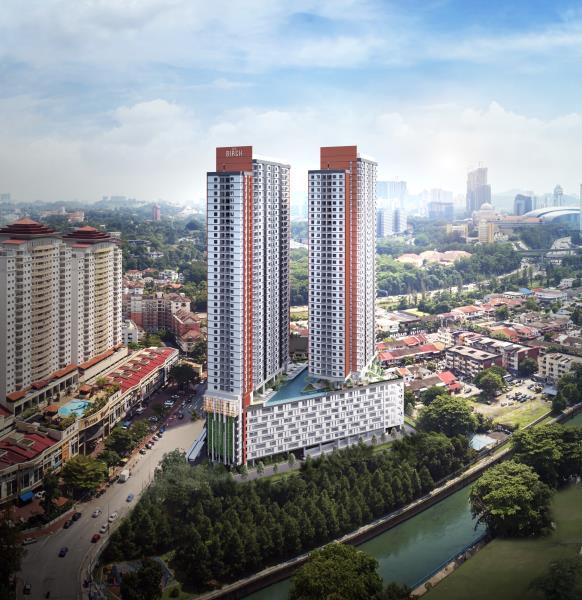Easing property overhang reflects optimism for 2023
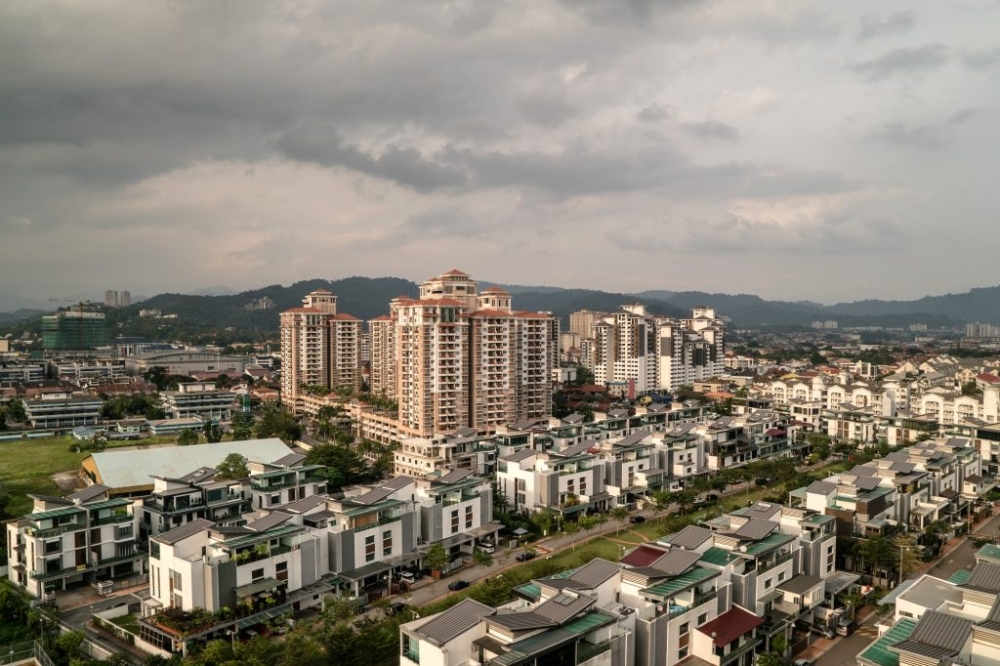
THE improvement of overall residential overhang units in the third quarter of 2022 (3Q22) indicates optimism on the property market for 2023.
National Property Information Centre (Napic) data indicates that the number was down to 29,534 units — valued at RM19.95 billion — from 34,092, with more units being absorbed gradually.
“The market activity looks positive compared to the past year,” Napic director Aina Edayu Ahmad said at an event organised by the Association of Valuers, Property Managers, Estate Agents and Property Consultants in the Private Sector of Malaysia (PEPS) last week.
In that event, she said the market players hope to “see more positive” news once the numbers for the nation’s GDP for 4Q22 is released.
Last Friday, it was revealed that Malaysia’s economy grew by 7% year-on-year (YoY) in 4Q22, bringing 2022 full-year GDP growth to 8.7%. The GDP for 2022 was the highest since 2000, according to data from Bank Negara Malaysia (BNM) and the Department of Statistics. At 7%, the growth was still above the long-term average of 5.1%, with the private sector activity remaining the key driver of growth, supported by private consumption and investment.
Aina said most of the total residential overhang units are those priced between RM500,000 and RM1 million. It accounts for 31.6%.
Based on states, Johor recorded the highest residential volumes overhang nationwide with 5,328 units, followed by Penang (5,222) and Selangor (4,383) with some left unsold for five to ten years.
With the revision of the upcoming budget, she expects the government to maintain the existing incentives, stamp duty exemption and provide even more allocation as the property market accounts as a core segment in the country.
“We won’t see much difference from what has been proposed before, but we expect incentive tabled last year to remain,” she said.
The Malaysian residential property market is seeing a slight improvement with the number of overhang residential units shrinking by 15.4% in 3Q22. However, the overall real estate market is expected to continue to be dragged by oversupply and more cautious lending measures by banks. Quarter-to-quarter, the statistics for overhang residential units was down by 15.4%, while the overall numbers for half-yearly shrunk by 19.9% against the second half of 2021 (2H21).
In terms of transaction volume, the statistics look equally promising as 3Q22 recorded sales of 105,204 units of residential properties, a jump of 12.6% compared to the 93,466 sold in 2Q22.
Nonetheless, market players are being cautious as the macro-economic uncertainty is expected to continue and the operating environment remains challenging.
Last week, The Malaysian Reserve (TMR) reported that one of the reasons for high overhang in residential properties is the mismatch between demand and supply.
CCO & Associates (KL) Sdn Bhd ED Chan Wai Seen said a large proportion of the overhang properties comprises high-rise residential properties such as serviced apartments and condominiums, which are not preferred by local residents.
“Actually, the residential property market is undergoing a correction at the moment. New launches of high-rise residential properties have slowed down considerably.
“In the absence of the Home Ownership Campaign (HOC), most developers are not as bullish as previously when launching new residential projects,” he told TMR.
To avoid the issue of overhang in the future, the speakers at the event proposed a timely data and information system to ensure stakeholders and buyers are aware of the current supply and demand of the housing market to make better decisions.
At the same event, PEPS president Subramaniam Arumugam has proposed that the government re-introduce the HOC for both the primary and secondary markets together with a reduction in real property gains tax rates.
He said the incentives offered have been helpful in allowing the country to clear up the unsold stock, stimulate the industry and attract a lot more takers.
Subramaniam also hopes the government will relax some of the new requirements for the Malaysia My Second Home Policy Programme (MM2H) as it is deemed to be hurting the industry on the ground.
“The new [requirements] are different from the original packages and it is making Malaysia less attractive compared to other countries in the region,” he added.
Since 2002, MM2H programme has brought in currency valued at RM40.6 billion, mostly from property acquisitions and compulsory fixed deposits in local banks.

